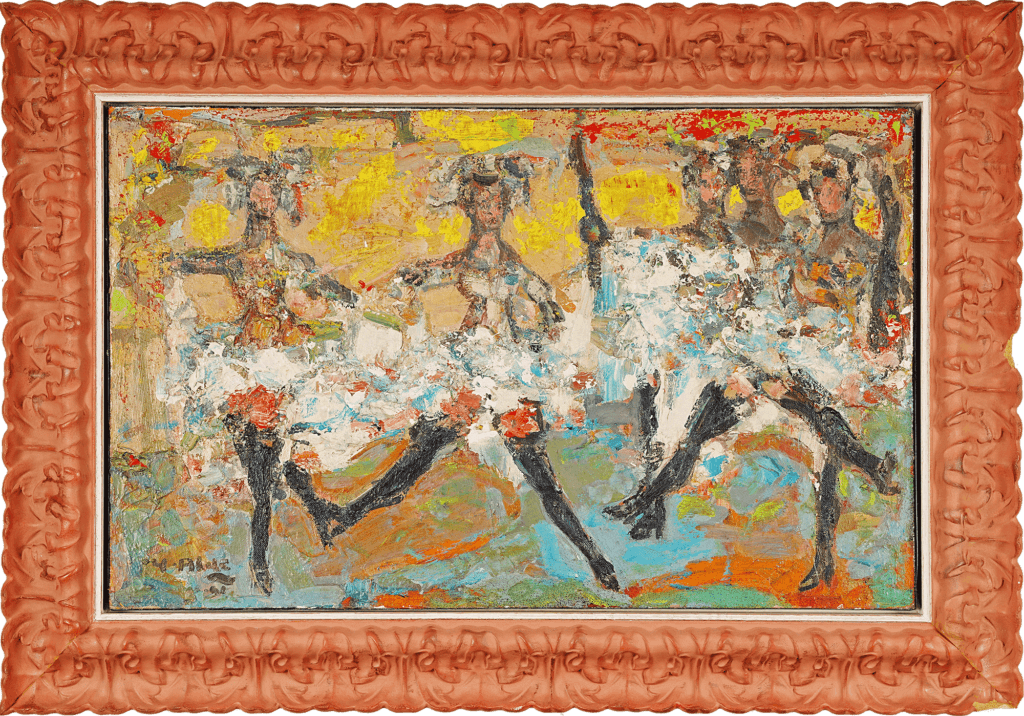

Yvette Alde was born on June 28, 1911, in Paris, France, where she grew up in a culturally rich environment that nurtured her artistic inclinations. From an early age, she demonstrated remarkable talent in drawing and painting. She pursued formal studies at the prestigious École des Beaux-Arts in Paris and later at the Académie Julian, an institution known for its progressive approach to art education. These formative years gave her a strong foundation in technical skill and exposed her to the avant-garde movements shaping early 20th-century Paris.
By the early 1930s, Alde had emerged as a promising young painter. Her early works, influenced by Post-Impressionism and Cubism, were marked by bold colors, dynamic compositions, and an experimental spirit. She began exhibiting in prominent Parisian salons, including the Salon des Indépendants and the Salon d’Automne, where her association with the École de Paris placed her among an international circle of innovative artists. In 1935, she held her first solo exhibition in Paris, which was warmly received and established her as an important new voice in French modern painting.
During the 1940s, amid the upheaval of World War II, Alde’s art reflected a deep sensitivity to human suffering and resilience. She created poignant portraits and introspective still lifes that carried a quiet emotional weight. At the same time, she became a prolific printmaker, producing expressive lithographs and etchings that depicted both scenes of everyday life and imaginative, dreamlike compositions.
In 1949, Alde married fellow artist Max Papart, whose abstract style and experimental techniques influenced aspects of her later work. Together, they exhibited widely and contributed to the vibrancy of contemporary French art. As her career progressed, Alde’s style evolved toward greater abstraction, characterized by increasingly bold brushwork, lyrical color, and a confident artistic voice.
Throughout the 1950s and 1960s, Alde exhibited extensively in France and abroad. Her paintings and prints were displayed in galleries across Europe and the United States, earning her international recognition. Major institutions such as the Musée d’Art Moderne de Paris and the Bibliothèque nationale de France collected her works, affirming her status in the canon of mid-20th-century French art. She also worked on book illustrations, murals, and public artworks, expanding her creative output beyond the canvas.
Yvette Alde’s contributions were recognized with awards and honors, and she became regarded as a key figure in postwar French painting. Her vibrant colors, delicate yet expressive brushwork, and mastery of light transformed ordinary subjects into poetic reflections of everyday life. Though her career was cut short with her death in 1967, her legacy endures as part of the rich cultural fabric of modern French art.
Artworks

- Address: No.235, Jumeirah 2, Dubai ,UAE
- info@noorroyalgallery.com
- (+971) 04 262 0478
- (+971) 54 212 2813
links
explore
newsletter Sign Up
Newsletter
© 2025 Noor Royal Gallery. All Rights Reserved
- terms and conditions
- privacy policy

